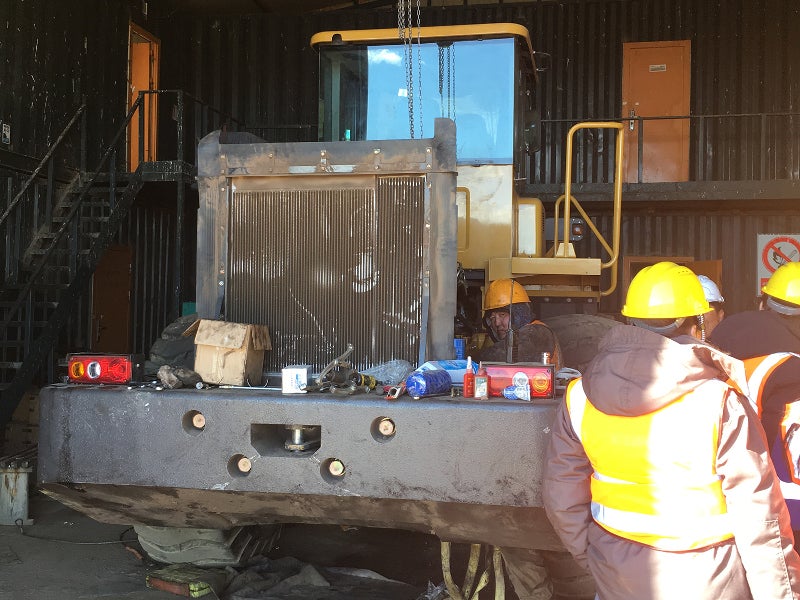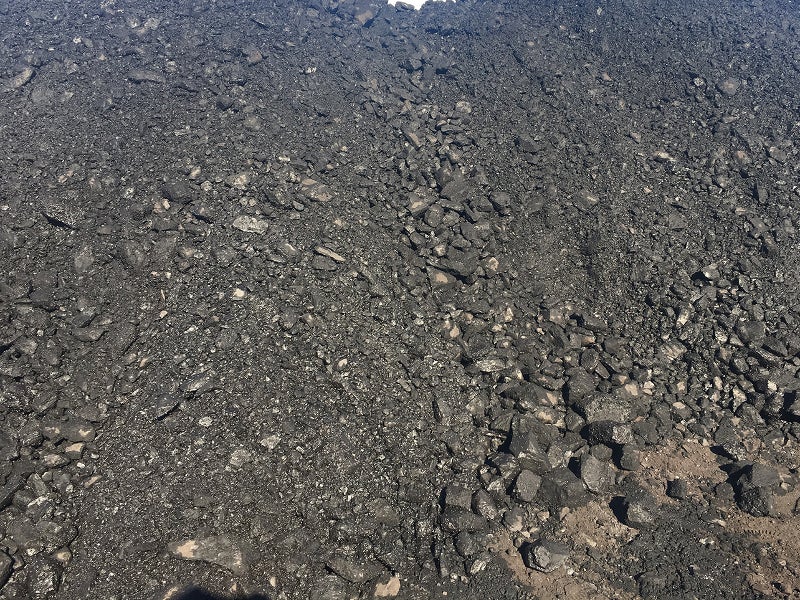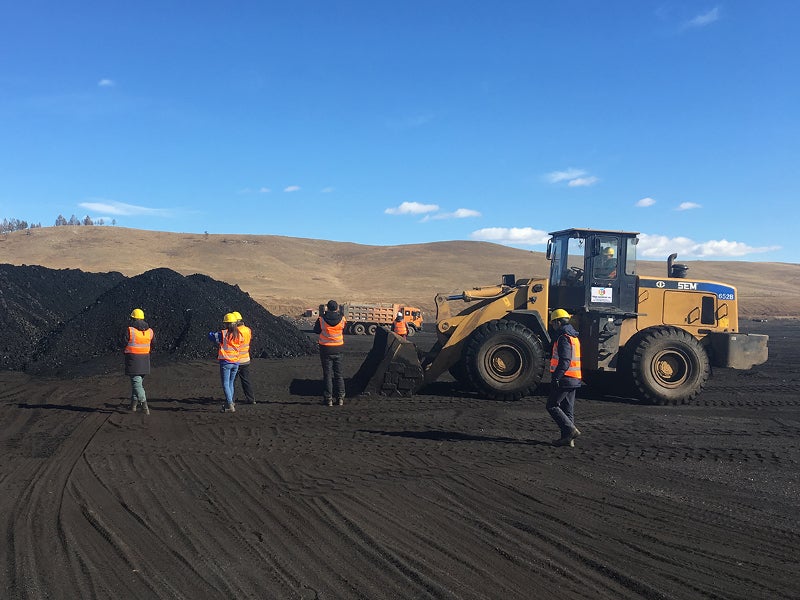The Ulaan Ovoo coal project is an open-cut coal mine in the Zelter River valley, approximately 17km away from the Mongolian-Russian border.
The mine was earlier owned by Mongolia Mid Asia International (MMAI) until 2005, followed by Red Hill until 2010. Prophecy Development Corporation assumed 100% ownership of the project in 2010.
Prophecy produced approximately 500,000t of coal between 2012 and 2014 from the mine before putting the mine on standby. The company made deliveries from the mine between 2016 and 2017 to select customers.
An undisclosed lessee company entered a lease agreement with Prophecy in October 2018 to operate the mine. Mining activity was resumed at the site in March 2019, following the signing of the agreement. The coal mine is estimated to have a life of 18 years.
Ulaan Ovoo coal project location
The Ulaan Ovoo coal project is located in the Tushig soum region of Selenge aimag province in the northern part of Mongolia.
The mine area covers an area of 790ha and can be accessed by dirt road from the Zeltura border in Russia and by road from the Sukhbaatar railway station in Mongolia.
Ulaan Ovoo mine reserves
The Ulaan Ovoo deposit is estimated to hold 174Mt of measured and 34Mt of indicated coal resources. The reserves consist of 5,040kcal/kg bituminous, 11.3% low ash and 0.40% low sulphur grade coal suitable for export.
Geology and mineralisation
Coal deposits in the region contain basement rocks belonging to mid-Cambrian and lower Ordovician period. The rocks are overlaid by lower Permian-aged volcanogenic rocks and mid to upper Jurassic coal-bearing rocks.
The Ulaan Ovoo coal project belongs to the Orkhon-Selenge coal-bearing district and the Zelter coal basin. It is a part of the Sharyn Gol formation consisting of tuffaceous-sandstone, siltstone, and coal.
The Sharyn Gol formation is approximately 500m-thick and divided into upper, middle, and lower member sediments. The middle member sediment hosts coal reserves.
Mining at Ulaan Ovoo mine
The mine features a single, large coal seam with thicknesses ranging between 40m and 80m and a low strip ratio of 1.8 bank cubic metres (BCM) waste for each tonne of coal.
Coal is extracted using open-cut mining method employing conventional methods of drilling and blasting. Drilling is carried out at a penetration rate from 39m/h to 60m/h. Blasting is carried out employing 5% wet holes using ammonium nitrate and fuel oil (ANFO).
The mine employs three mining excavators, six dump trucks and more than 20 transportation trucks during peak mining periods.
Stockpiles of low ash coal of approximately three weeks supply (150,000t) are maintained at the mine.
The mine output is carried by road to the nearest rail facility at Sukhbaatar railway station, which is located 136km away from the mine site. The mined coal is suitable for power plants, cement plants and heat boiler applications.
The future phases of mine are expected to require a diversion of Zelter River and establishment of a coal washing plant.
Ulaan Ovoo coal project restart details
The undisclosed lessee is an established mining company also currently carrying out mining operations at the Tavan Tolgoi mine. The lessee made a payment of $100 million to Prophecy and will restart and operate the mine with its own equipment and personnel. It will also pay all government taxes and royalties related to the mining operation.
The lease agreement signed is valid for three years and includes an advance royalty payment of $100,000 for the first year, $150,000 for the second year, and $200,000 for the third year. The company agreed to pay a $2 royalty for each tonne of coal shipped from the site.
The lease agreement can be extended upon mutual agreement.






